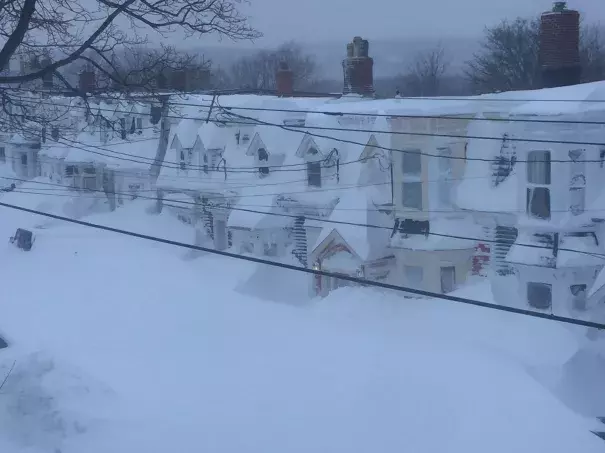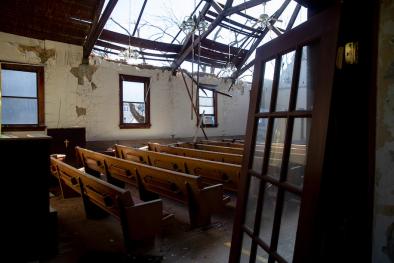‘Bomb’ blizzard buried cars and homes with more than 12 feet of snow in parts of Newfoundland

Signals Summary: A bomb cyclone is a rapidly developing low pressure systems that are primarily fueled by the contrast between warm and cold air masses. Climate change is linked to unusual jet stream behavior as well as many other factors that can affect storm activity and increase storm intensity, as seen with the bomb cyclone that hit the Central Plains in March of 2019.
Article Excerpt: The historic blizzard that slammed Canada’s easternmost province is headed for Greenland — but it left snow-buried neighborhoods, a slew of power outages and shattered records in its wake.
...
St. John’s International Airport measured 30 inches of snowfall Friday, its snowiest single day in records dating to 1942. The previous record of 26.9 inches was set in April 1999. Totals in other areas were higher, and wind speeds of 100 mph or greater made it difficult to measure the snow amid blowing and drifting.
Hurricane-force winds piled snow against homes, and residents woke Saturday to drifts that completely covered their cars and blocked first floors.
...
The storm was a meteorological “bomb,” having undergone a process of rapid intensification known as bombogenesis. With its central air pressure dropping quickly, the storm drew surrounding air into its center, causing sustained winds in some parts of Newfoundland and Labrador to reach 74 mph or greater, with higher gusts. The winds combined with the heavy snowfall to create whiteout conditions.
NOAA’s Ocean Prediction Center determined the central air pressure of the storm bottomed out at 954 millibars early Saturday morning, more than a 54-millibar drop in less than 48 hours.
While the storm was relatively short in duration, it was unusually ferocious even for an area used to powerful ocean storms during the winter — “as severe a blizzard as St. John’s metro has ever seen,” tweeted one meteorologist, the Weather Network’s Chris Scott, who placed the tempest “in an elite class with some of the most infamous nor’easter/Atlantic seaboard storms ever.”
Related Content




